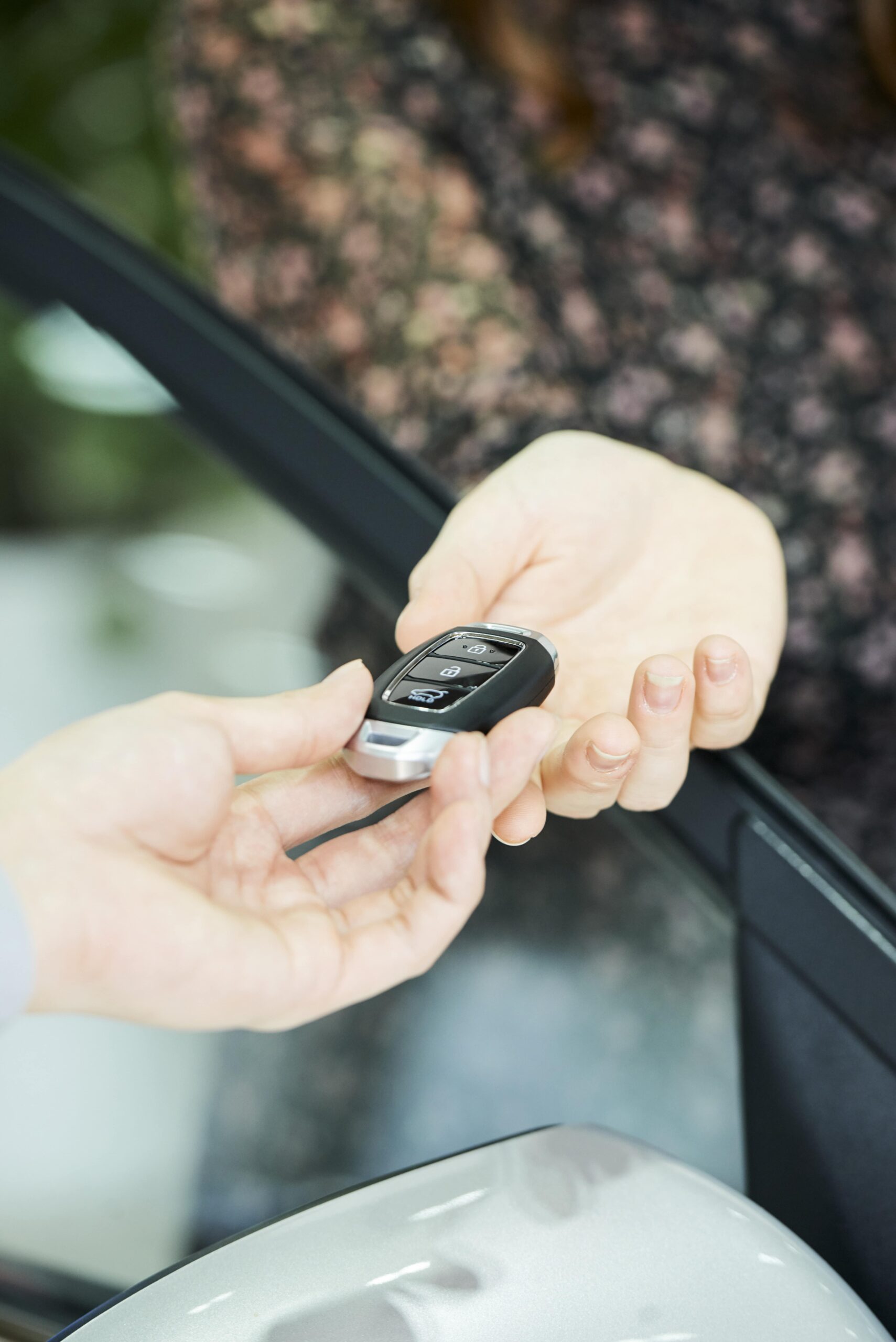10 Things That Your Family Taught You About Fix Car Ignition
페이지 정보
작성자 Doug 작성일 25-11-05 15:30 조회 3 댓글 0본문

How to Fix Car Ignition: A Comprehensive Guide
When experiencing concerns with a Car Ignition Lock ignition system, it's vital to determine the issue precisely and address it quickly. Ignition problems can result in frustrating circumstances where beginning the Car Ignition Lock ends up being a task or, in many cases, impossible. This short article supplies a comprehensive guide on how to detect and fix Car ignition common ignition concerns, eventually making sure the dependable operation of your vehicle.
Understanding the Ignition System
Before diving into repairs, it's essential to comprehend the components of the ignition system. The ignition system is accountable for creating the trigger necessary to ignite the fuel-air mixture in the engine's cylinders. Here are the primary elements included:
- Ignition Coil: Converts battery voltage to the high voltage required to generate a stimulate.
- Spark Plug: Creates the spark that ignites the fuel and air mix.
- Supplier Cap and Rotor: Routes the electrical existing to the correct cylinder.
- Ignition Switch: Provides power to the ignition system when the key is turned.
- Wiring and Connectors: Transmit electrical current in between elements.
Common Ignition Problems
Here are some common signs of ignition problems:
- Engine Cranks But Doesn't Start: Indicates that there might be a problem with the stimulate or sustain supply.
- No Crank at All: Often points to a concern with the battery, starter, or ignition switch.
- Intermittent Starting Issues: Suggests a failing Ignition Locksmith module or a connection problem.
- Examine Engine Light On: May suggest a fault within the ignition system.
Identifying the Problem
Identifying ignition issues typically needs a systematic technique. Follow this detailed guide to identify the source of your ignition concerns:
Step 1: Check the Battery
- Inspect Battery Connections: Ensure that the battery terminals are tidy and tight.
- Test Battery Voltage: Use a multimeter to check if the battery is supplying appropriate voltage (usually 12.6 volts).
Step 2: Inspect the Ignition Switch
- Turn Key to Different Positions: If the engine does not crank, the ignition switch might be faulty.
- Test for Voltage Output: Use a multimeter to look for voltage at the starter or ignition coil when turning the key.
Action 3: Examine the Ignition Coil
- Visual Inspection: Look for any indications of damage or deterioration.
- Evaluating the Coil: Use an ohmmeter to determine the resistance; compare the readings with the maker's specifications.
Step 4: Check the Spark Plugs
- Remove Spark Plugs: Inspect for wear and carbon accumulation.
- Examine for Spark: Reconnect the stimulate plug to the wire, ground it, and crank the engine to see if a spark is generated.
Step 5: Review Wiring and Connectors
- Examine Wiring: Look for frayed wires, corrosion, or loose connections that might hamper electrical circulation.
- Examine Connectors: Ensure they fit comfortably and are devoid of dirt or rust.
Fixing Common Ignition Issues
As soon as the problem has actually been diagnosed, here prevail services for ignition system repairs:
Replacing Spark Plugs
- Eliminate old trigger plugs and install brand-new ones according to the maker's specs.
Repairing or Replacing the Ignition Coil
- Replace the ignition coil if it's discovered to be defective after testing.
Fixing the Ignition Switch
- Replace the ignition switch if it fails to provide power to the needed components.
Addressing Battery Issues
- Clean battery terminals and ensure a secure connection. Replace the battery if it stops working to hold a charge.
Examining the Starter
- If the ignition system checks out however the engine still won't start, check the starter for defects.
Maintenance Tips for Preventing Ignition Problems
Preventative upkeep is essential for making sure the longevity of your ignition system. Here are some suggestions:
- Regularly Inspect Spark Plugs: Replace them every 30,000 to 50,000 miles.
- Examine Battery Health: Test your battery a minimum of as soon as a year and replace it if needed.
- Keep Connections Clean: Regularly clean battery terminals and electrical wiring adapters to prevent rust.
- Listen for Unusual Noises: Pay attention to sounds like clicks or grinding, which might suggest starter problems.
FAQs about Car Ignition Issues
Q1: What are the indications of a failing ignition coil?
A1: Common indications consist of problem beginning the vehicle, bad acceleration, and engine misfires.
Q2: Can I drive with a malfunctioning ignition switch?
A2: It is not suggested to drive with a faulty ignition switch. It can lead to finish engine failure and increase your threat of accidents.
Q3: How frequently should I replace stimulate plugs?
A3: Spark plugs need to generally be replaced every 30,000 to 50,000 miles, but always describe your automobile's owner's handbook.
Q4: What should I do if my engine won't begin after replacing parts?
A4: If the engine still won't start, it may be essential to check other systems, including fuel delivery and the starter motor.
Fixing car ignition issues requires a clear understanding of the ignition system's elements, a methodical technique to medical diagnosis, and efficient repair techniques. By following the steps detailed in this guide, Car Ignition Repair Cost owners can not just resolve their present Ignition Replacement Cost issues however likewise take steps toward long-term lorry dependability. Through regular upkeep and awareness of potential issues, motorists can make sure that their automobiles start reliably and perform optimally.
- 이전글 You'll Never Guess This Custom Secondary Glazing's Secrets
- 다음글 Financial Freedom Calculator Tools To Streamline Your Daily Lifethe One Financial Freedom Calculator Trick That Every Person Should Know
댓글목록 0
등록된 댓글이 없습니다.
